
Baltimore City Police
Departmentals
'CRASH SQUAD' CARS ARRIVE FOR POLICE
2 February 1938
The Sun (1837–1989); Feb 2, 1938; p. 7
'CRASH SQUAD' CARS!
Arrive for the police!
New Autos, To Probe All Accidents,
To Go Into Service When Equipped
Crews Will Test Brakes of the machines involved and Photograph Scene Three automobiles for the "crash squad" of the Police Deportment have arrived and will be placed in service as soon as they are equipped, Capt. Henry C. Kaste, head of the Traffic Division, announced yesterday. The machines will investigate all automobile accidents and will have decelerometers for testing the brakes of cars involved in crashes, as well as photographic equipment for recording the actual conditions after the accident
Two-Way Radios
They will have two-way radios, sirens, and blinking red lights to enable them to get to the scene before the positions of the cars have been altered. The crews, graduates of the University of Maryland's Traffic School, will render aid to the injured and will reroute all traffic until the conditions have been photographed and measured.
Officials hope to relieve the foot patrolmen of responsibility for traffic accidents. Members of the "Crash Squad" will be given two days and a month in traffic court to handle their cases, and the new manner of collecting evidence is expected to result in more convictions, particularly in fatal accidents.
Squad Still Nameless
Serge. Clarence O. Forrester is head of the squad, which is still officially nameless. Other cities with similar departments have decided upon "Accident Investigation Department" for a title, and it is expected that this choice will be made here also.
The "crash squad" was organized according to a report from the Baltimore Safety Council in April 1937, which recommended it as "a vital need for the securing of evidence." In conjunction with the council's report, the grand jury urged the squad's creation as a means of reducing accident fatalities and injuries.
Nice Committee Calls Three Traffic Experts
Three traffic experts will appear before Governor Nice's automobile insurance committee at a meeting to be held at 8 p.m. Tuesday at the Emerson Hotel. They are: Dr. S. S. Stineberg, Dean of the College of Engineering at the University of Maryland, is conducting the traffic school there. John P. Rostmeyer, director of the Baltimore Safety Council. Preston D. Callum, chairman of the Baltimore Traffic Committee. The committee was named by the governor shortly after the first of the year to make a study of automobile insurance in the state and to make recommendations to him and the next general assembly.
Members of the committee are:
George W. Baulk, chairman, and W. Harry Haller, of Frederick, representing the insurance companies. John T. Shipway, of Flintstone; Jos. Eph S. Bigelow, of Annapolis; and J. Francis Rahlke, of Westminster, representing businessmen. Max Sokol, secretary, and Robert R. Carmen, representing the legal profession. The last Legislature passed a resolution calling for the appointment of the committee.

 Sun Paper Pic
Sun Paper Pic Sun Paper Pic
Sun Paper Pic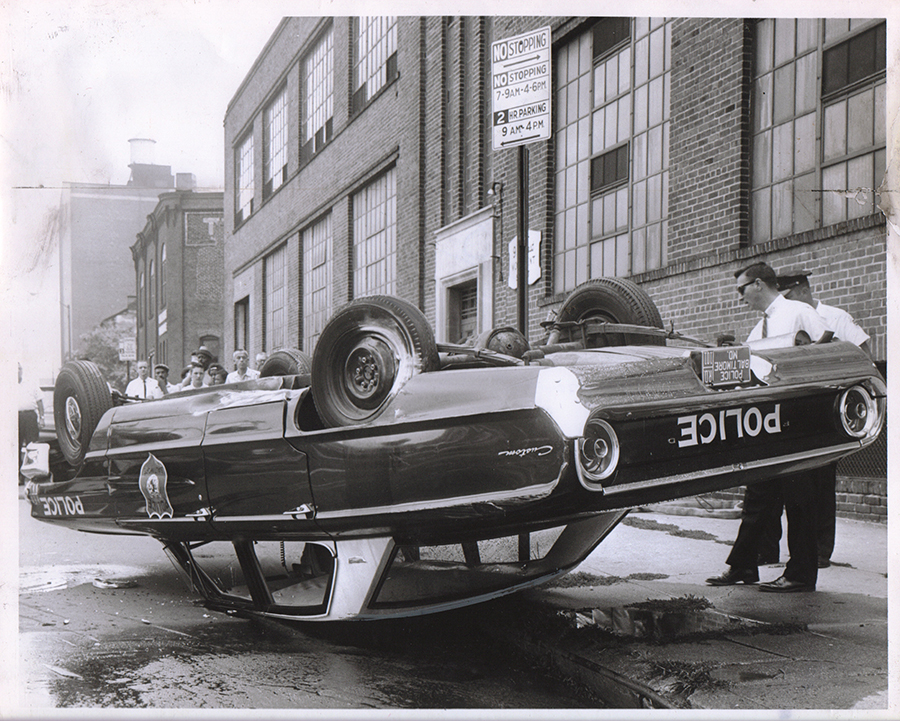 Sun Paper Pic
Sun Paper Pic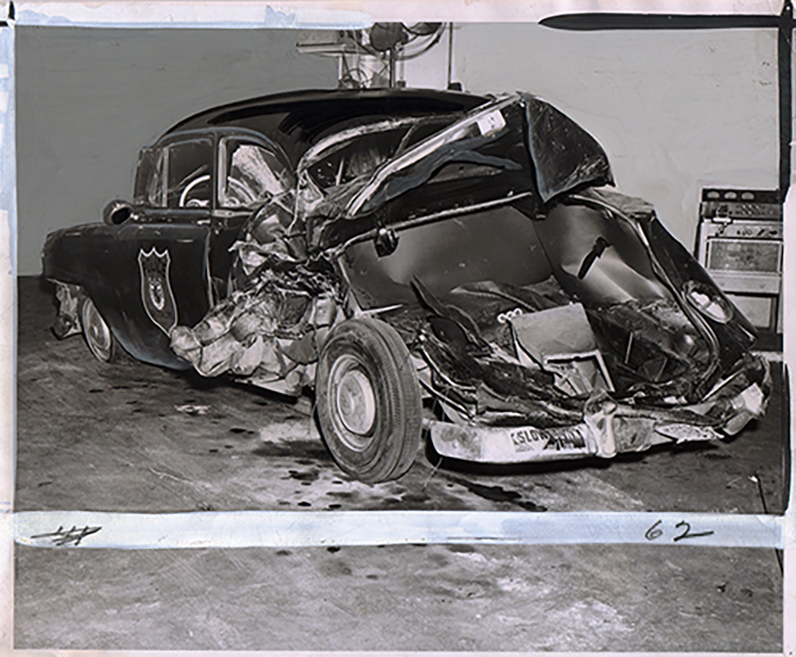 Sun Paper Pic
Sun Paper Pic
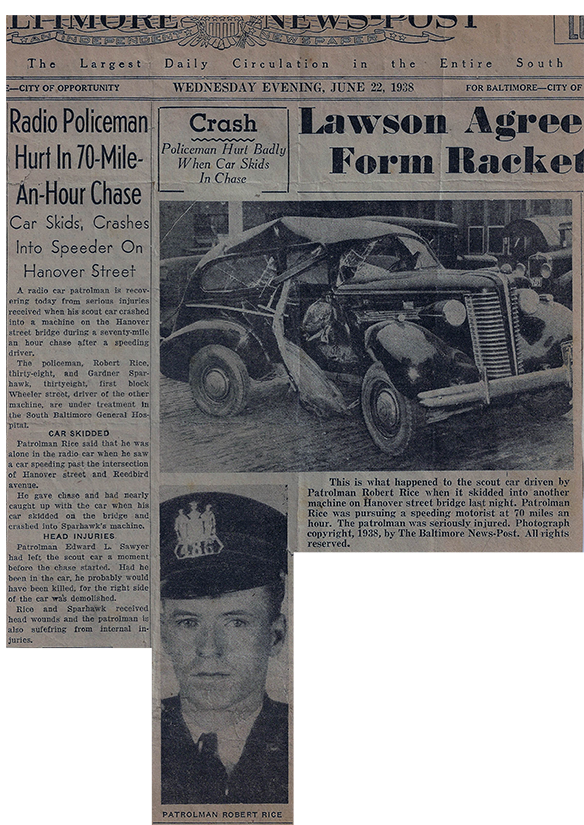 Radio Policeman Hurts In 70-Mile-an-Hour chase Car Skids Crashes
Radio Policeman Hurts In 70-Mile-an-Hour chase Car Skids Crashes
Into Speeder On Hanover Street A radio car patrolman is recovering today from serious injuries received when his scout car crashed into a machine on the Hanover Street bridge during a seventy-mile chase after a speeding driver. The policeman, Robert Rice Thirty-eight, and Gardner Sparhawk, first block of Wheeler Street, driver of the other machine, are under treatment in the South Baltimore General Hospital.
CAR SKIDDED
Patrolman Rice said that he was alone in the radio car when he saw a car speeding past the intersection of Hanover Street and Reedbird Avenue. He gave chase and had nearly caught up with the car when his car skidded on the bridge and crashed into Sparhawk's machine.
HEAD INJURIES
Patrolman Edward L. Sewyer had left the scout car a moment before the chase started. Had he been in the car, he probably would have been killed, for the right side of the car was demolished. Rice and Sparhawk received head wounds, and the patrolman is also suffering from internal injuries. This is what happened to the scout car driven by Patrolman Robert Rice when it skidded into another machine on Hanover Street Bridge last night. Patrolman Rice was pursuing a speeding· motorist at 70 miles an hour. The patrolman was seriously injured. Photograph copyright, 1938, by The Baltimore New-Post. All rights reserved.
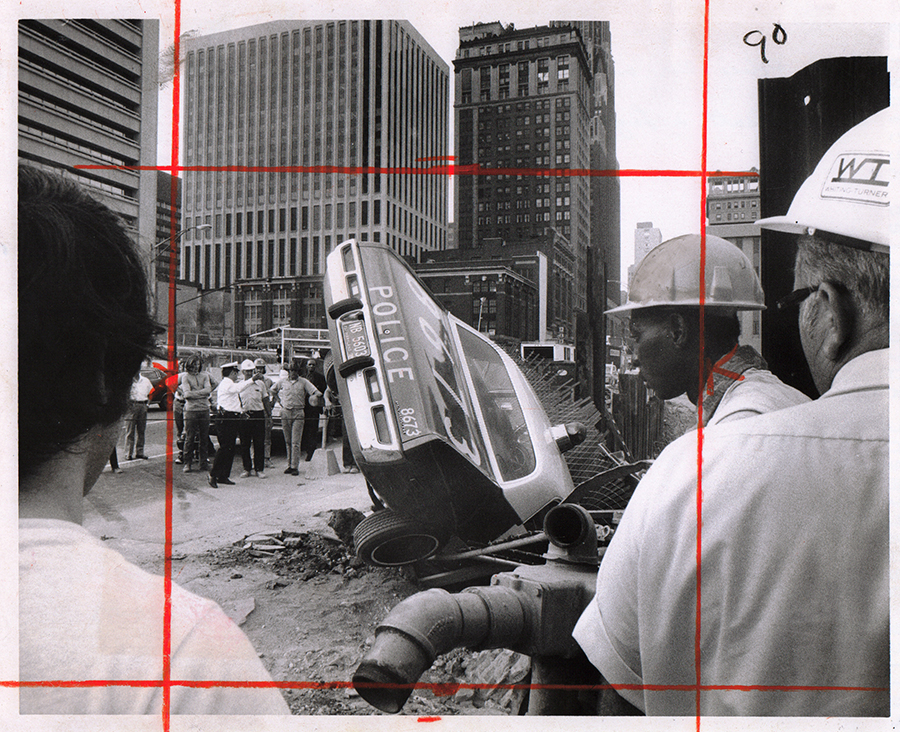
Sunpaper pic
Baltimore police
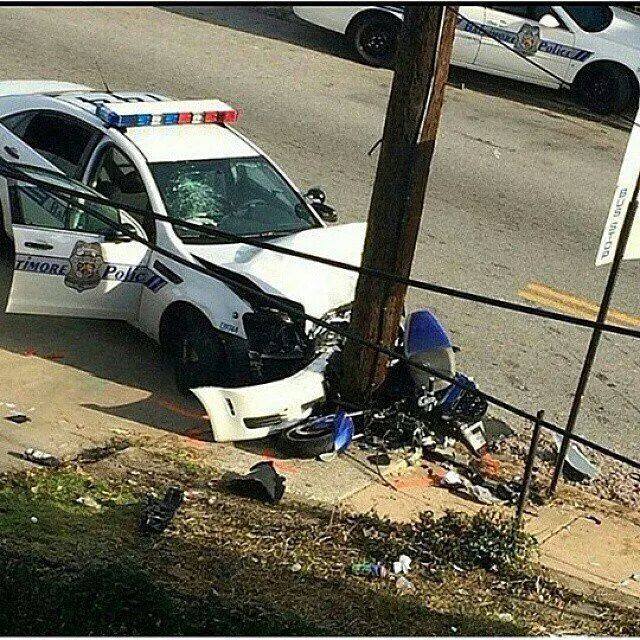 23 November 2014
23 November 2014
12 O'Clock Boys
Three officers seriously wounded
Officer 'fighting for his life' after pursuit police said should have stopped
Highway and Road Disasters
Police investigation called off a pursuit that resulted in a crash that left an officer in grave condition
A patrol car chasing a moped Sunday resulted in a crash that seriously injured officers and the rider
One Baltimore police officer remained in grave condition Monday after the patrol car he was in slammed into a telephone pole Sunday afternoon after continuing a pursuit his commanding officer had called off.
A female officer, who was also in the car, remained in critical but stable condition with broken bones. The crash also involved the driver of a moped police said the officers had pursued, who was also injured and is hospitalized.
"One officer at this moment is fighting for his life at the Maryland Shock Trauma Center," Baltimore Police Deputy Commissioner Jerry Rodriguez said.
The crash occurred about 1 p.m. Sunday in Northwest Baltimore. The incident began after an officer saw a group of dirt bikers assembling in an alley, police said. Upon being spotted by police, the riders fled on their bikes, except for one man, who ran. The officer followed in his marked patrol car and saw the man hop on the back of a moped that stopped to pick him up.
Patrol officers in the area caught and lost sight of the pair on the scooter at various times, Rodriguez said. Spotting it, three officers in a patrol car gave chase, Rodriguez said. The scooter at that time was only carrying a driver.
Baltimore police have a strict policy that allows officers to pursue if the vehicles they are chasing carry suspects who pose immediate and serious threats to the public. Officers must get permission from a shift commander to pursue.
In this case, a sergeant told the three officers to discontinue the chase, Rodriguez said. Fifteen minutes later, officers called for paramedics, he said.
The patrol car had continued the pursuit and crashed into a telephone pole in the 2200 block of Kirk Ave. after the scooter made a hard turn into an alley, police said.
Rodriguez said police don't know why the officers disobeyed an order to stop.
"We want to know why," Rodriguez said. "We have more questions than answers, but we are attempting to get those answers."
Rodriguez said forensics investigators and members of the police's CRASH team were called to retrace the moments preceding the crash. A police helicopter was also used to survey the crash site and map the route the pursuit had taken.
The third officer in the patrol car, a man, was not hurt. Rodriguez said investigators want to know why three police officers were in the patrol car. Marked cars are meant to carry no more than two officers.
While dirt bikes are illegal in the city, the moped was a licensed city vehicle, Rodriguez said. Fleeing police was the only violation the driver could be cited for, he added. No charges have been filed against the rider.
Baltimore Police's Force Investigation Team, which reviews shootings and other serious incidents in which police force is used, is investigating.
Police did not release the names of the moped driver or the three officers, who, Rodriguez said, ranged in experience from a few years to about a decade on the job.
Police said the dirt bikers had assembled in the alley to attend a large motorcycle rally that was held a few hours later.
Scores of dirt bikers and spectators took to the streets around Druid Hill Park on Sunday afternoon for a memorial ride in honor of Devin Rankin, known among riders as "Lor Dev." Rankin was shot to death Thursday in the 4600 block of Mannasota Ave. in a killing that remains unsolved.
Some on social media referred to him as the "no-hands king" because of his ability to ride on one wheel without steering. Copyright © 2014,
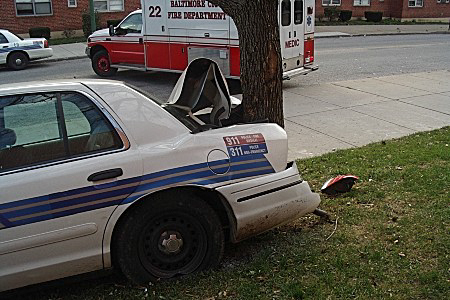 Courtesy Officer Howard Smith
Courtesy Officer Howard Smith
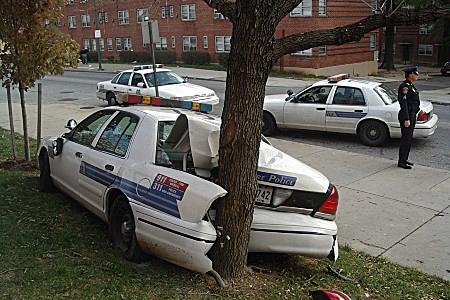 Courtesy Officer Howard Smith
Courtesy Officer Howard Smith
 Courtesy Officer Howard Smith
Courtesy Officer Howard Smith
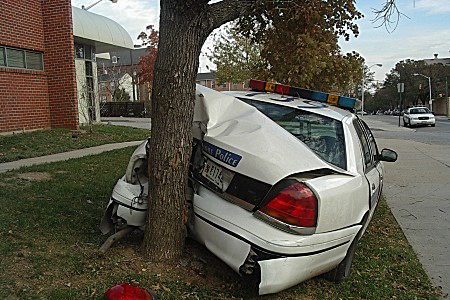 Courtesy Officer Howard Smith
Courtesy Officer Howard Smith

COURTESY SGT. ROBERT FISCHER
COURTESY SGT. ROBERT FISCHER
COURTESY SGT. ROBERT FISCHER
COURTESY SGT. ROBERT FISCHER
COURTESY SGT. ROBERT FISCHER
COURTESY SGT. ROBERT FISCHER
On May 26, 1965, at 10:30 AM, Northern District Radio Car #502, manned by Officer Robert DiStefano driving and Officer Robert Michael, were responding to a Signal 13 (Assist an Officer) call when, at the intersection of 29th and Remington, they were cut off by a truck that had gone through a red light. RC 502 was being operated with “lights and sirens," which struck the truck and turned it over on its roof. The truck then hit a utility pole, which prevented it from breaking through the show window of Jarman Pontiac. Notice the indentation on the side of the truck. Joe deCarlo was the sergeant and responded to the accident scene.

PHOTO COURTESY MAJOR ROBERT DiSTEFANO
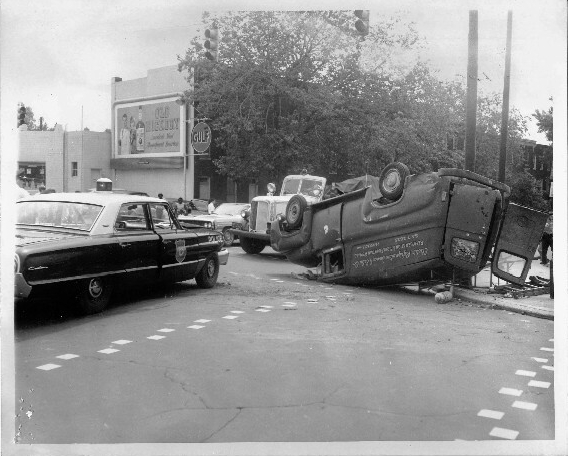
PHOTO COURTESY MAJOR ROBERT DiSTEFANO
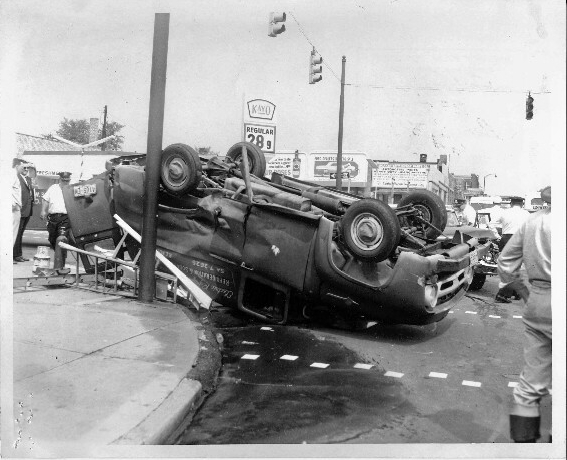
PHOTO COURTESY MAJOR ROBERT DiSTEFANO
In the photo showing the front of the totaled (the engine was partially in the front seat) police car, Officer Bob Michael was talking to the T.I.S. Investigator. Please note the price of regular gas in the photo: 28.9 cents per gallon! Miraculously, no one was hurt in this accident!
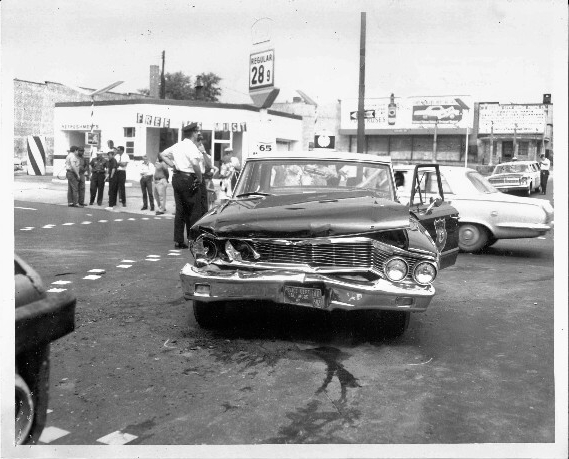 PHOTO COURTESY MAJOR ROBERT DiSTEFANO
PHOTO COURTESY MAJOR ROBERT DiSTEFANO
Leon Tomlin, a patrolman at the time, was assigned to the RC 502 car on the relieving shift and thanked Officer DiStefano and Officer Michael for "expediting" the replacement process of the old unit. Ironically, the driver of the truck, named John Brennan, later joined the Baltimore Police Department. While in the academy, he avoided his firearm and defense tactic instructors, who were none the less, Officer Robert DiStefano and Officer Bob Michael. John Brennan later attained the rank of sergeant. Sergeant Pattinson of "I can teach a monkey how to drive, fame", informed Officer DiStefano that it was the worst accident that he had seen for a long time!
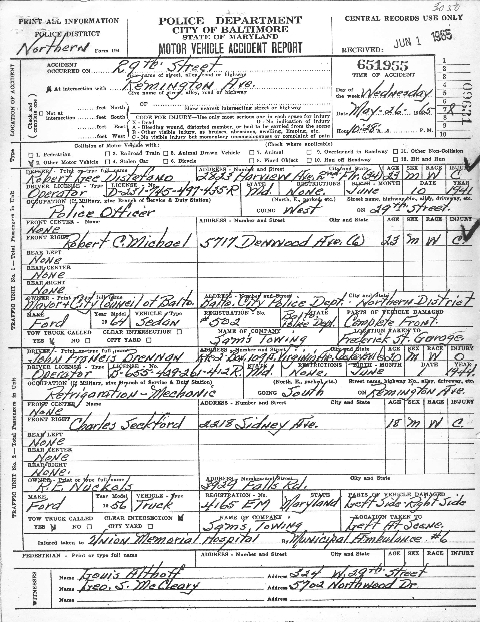
PHOTO COURTESY MAJOR ROBERT DiSTEFANO
A.I.D. accident report detailing the accident investigation
 PHOTO COURTESY MAJOR ROBERT DiSTEFANO
PHOTO COURTESY MAJOR ROBERT DiSTEFANO
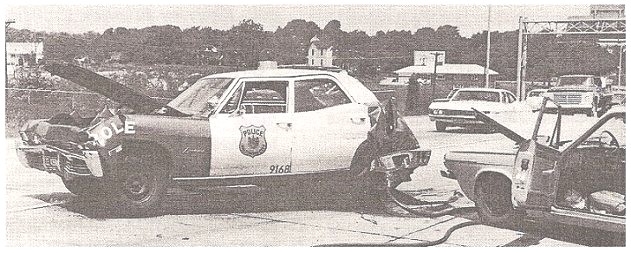
BPD NEWSLETTER
The departmental vehicle pictured above was the victim of a frequently occurring set of circumstances. The driver of this vehicle stopped behind the departmental vehicle and the civilian auto it was assisting. Three warning devices should be employed by members of the department while rendering this type of assistance: the emergency dome light should be operating, the four-way emergency flashers should be employed, and flares should be set out between 100 and 200 feet to the rear of the stopped vehicles. When stopped by a disabled motorist, the police officer should take care to stay outside of his vehicle where practical and take a position of safety with the motorist. Officers should stop far enough behind the disabled vehicle so that the vehicle will not cause damage to the departmental vehicle when it is being moved.disabled civilian vehicle in order to render assistance. While stopped, serving as protection for one civilian vehicle, another struck the police vehicle from the rear. Accidents of the type just described need not happen with such alarming frequency. Some initial precautions will serve to protect both the departmental vehicle and the civilian auto it is assisting. Three warning devices should be employed by members of the department while rendering this type of assistance: the emergency dome light should be operating, the four-way emergency flashers should be employed, and flares should be set out between 100 and 200 feet to the rear of the stopped vehicles. When stopped by a disabled motorist, the police officer should take care to stay outside of his vehicle where practical and take a position of safety with the motorist. Officers should stop far enough behind the disabled vehicle so that the vehicle will not cause damage to the departmental vehicle when it is being moved.
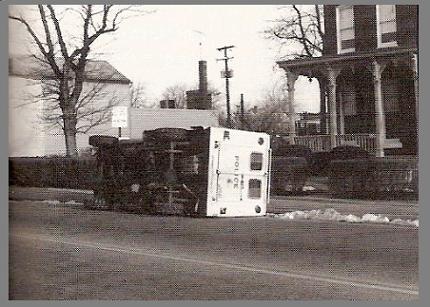
CRUISING PATROL 10-7
PADDY WAGON MAKES IT'S LAST 10–14 RUN
 2013 Officers Hit by Another Car
2013 Officers Hit by Another Car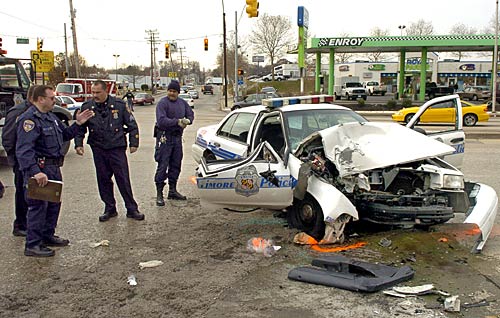
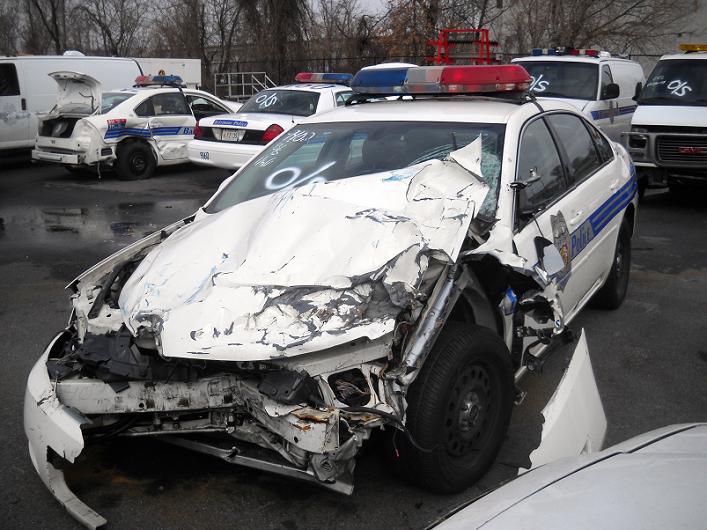
Photo courtesy Officer Bill Edgar
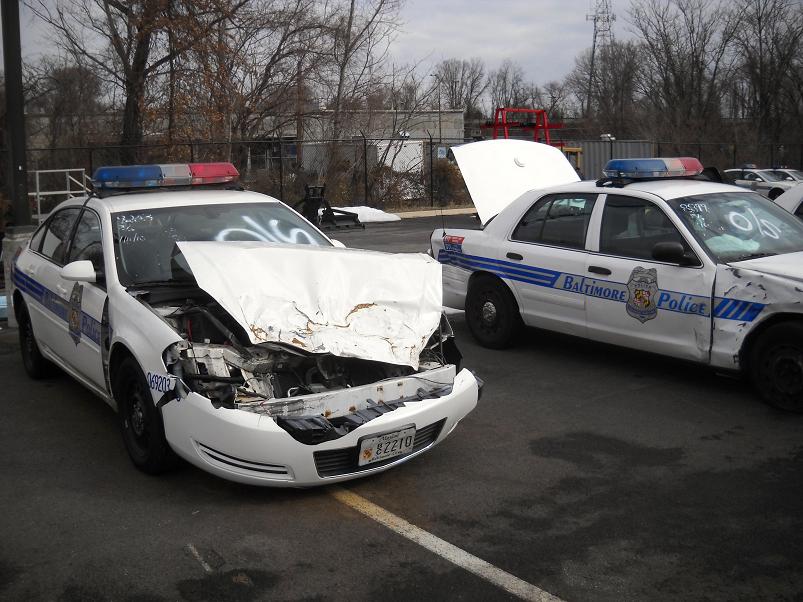
Photo courtesy Officer Bill Edgar
Several wrecked Baltimore Police vehicles sit on a storage lot at the Dickman Street garage

NOTICE
POLICE INFORMATION
Copies of: Your Baltimore Police Department Class Photo, Pictures of our Officers, Vehicles, Equipment, Newspaper Articles relating to our department and/or officers, Old Departmental Newsletters, Lookouts, Wanted Posters, and/or Brochures. Information on deceased officers and anything that may help preserve the history and proud traditions of this agency. Please contact retired detective Kenny Driscoll. How to Dispose of Old Police Items If you come into possession of Police items from the Estate or Death of a Police Officer Family Member and do not know how to properly dispose of these items, please contact: Retired Detective Ken Driscoll - Please dispose of police items (badges, guns, uniforms, documents) properly so they won’t be used improperly.
This email address is being protected from spambots. You need JavaScript enabled to view it.his email address is being protected from spambots. You need JavaScript enabled to view it. This email address is being protected from spambots. You need JavaScript enabled to view it. This email address is being protected from spambots. You need JavaScript enabled to view it.
 Anyone with information, photographs, memorabilia, or other "Baltimore City Police" items can contact Ret. Det. Kenny Driscoll at This email address is being protected from spambots. You need JavaScript enabled to view it. follow us on Twitter
Anyone with information, photographs, memorabilia, or other "Baltimore City Police" items can contact Ret. Det. Kenny Driscoll at This email address is being protected from spambots. You need JavaScript enabled to view it. follow us on Twitter @BaltoPoliceHist or like us on Facebook by clicking HERE Pictures can be mailed to Baltimore City Police History, 8138 Dundalk Ave., Baltimore, Md. 21222
Copyright © 2002 Baltimore City Police History: Ret Det. Kenny Driscoll



 Sun Paper Pic
Sun Paper Pic Sun Paper Pic
Sun Paper Pic Sun Paper Pic
Sun Paper Pic Sun Paper Pic
Sun Paper Pic Radio Policeman Hurts In 70-Mile-an-Hour chase Car Skids Crashes
Radio Policeman Hurts In 70-Mile-an-Hour chase Car Skids Crashes 
 23 November 2014
23 November 2014 Courtesy Officer Howard Smith
Courtesy Officer Howard Smith  Courtesy Officer Howard Smith
Courtesy Officer Howard Smith  Courtesy Officer Howard Smith
Courtesy Officer Howard Smith  Courtesy Officer Howard Smith
Courtesy Officer Howard Smith 
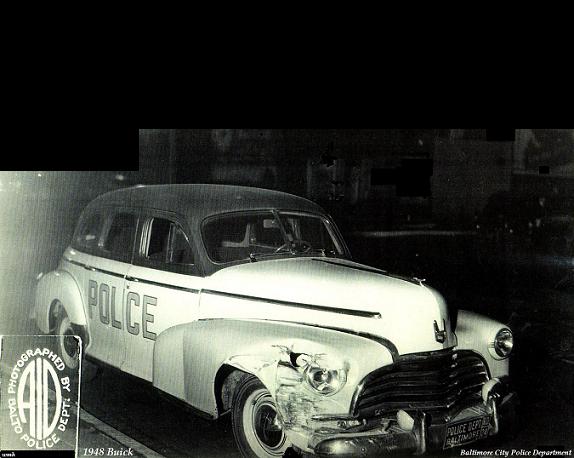
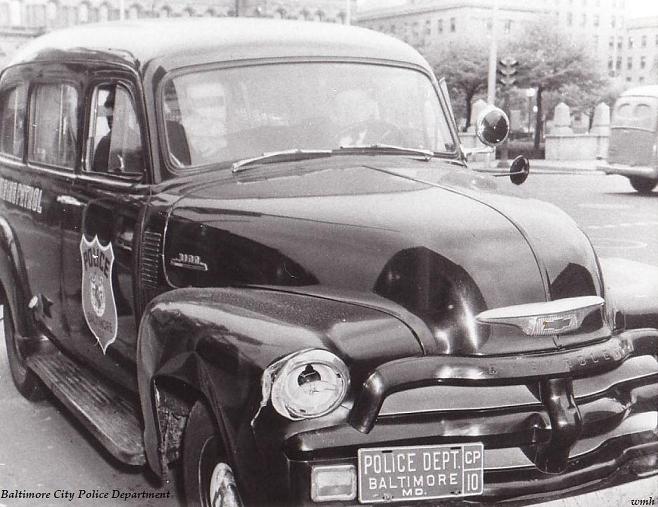
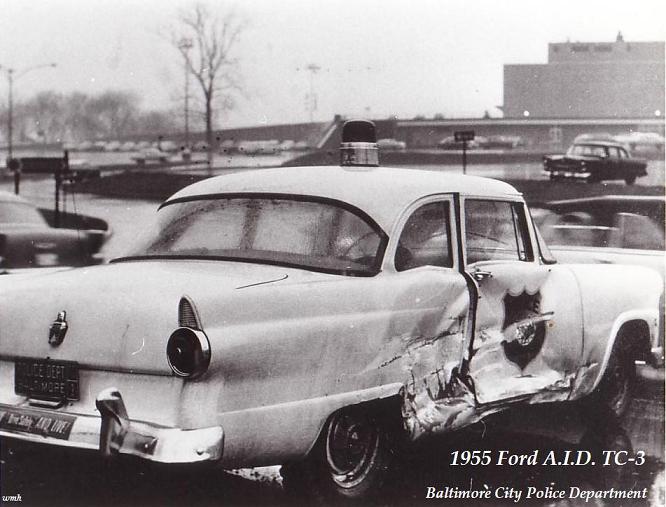

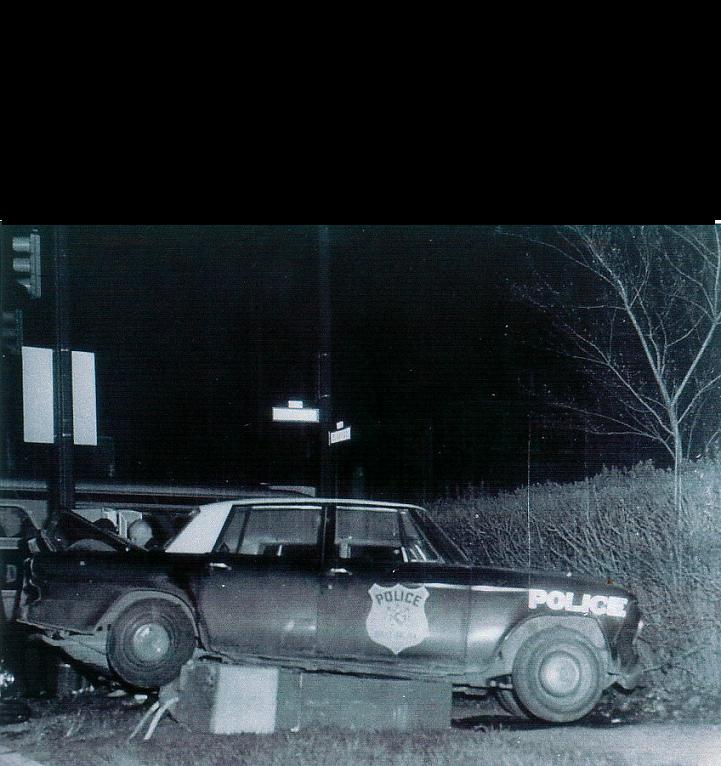



 PHOTO COURTESY MAJOR ROBERT DiSTEFANO
PHOTO COURTESY MAJOR ROBERT DiSTEFANO
 PHOTO COURTESY MAJOR ROBERT DiSTEFANO
PHOTO COURTESY MAJOR ROBERT DiSTEFANO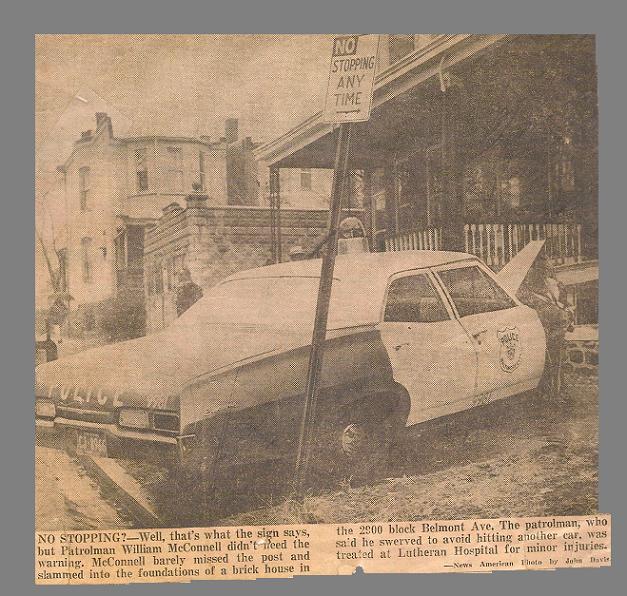
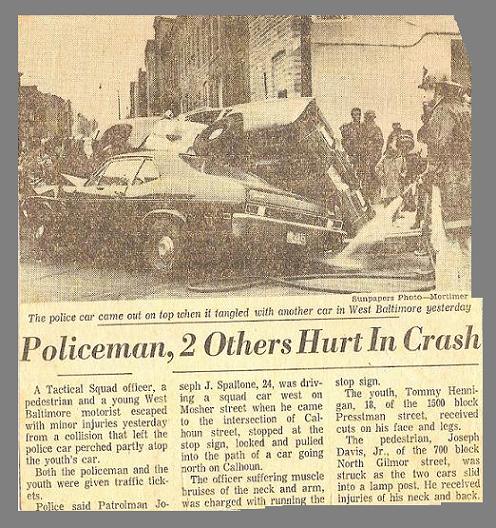


 2013 Officers Hit by Another Car
2013 Officers Hit by Another Car


















